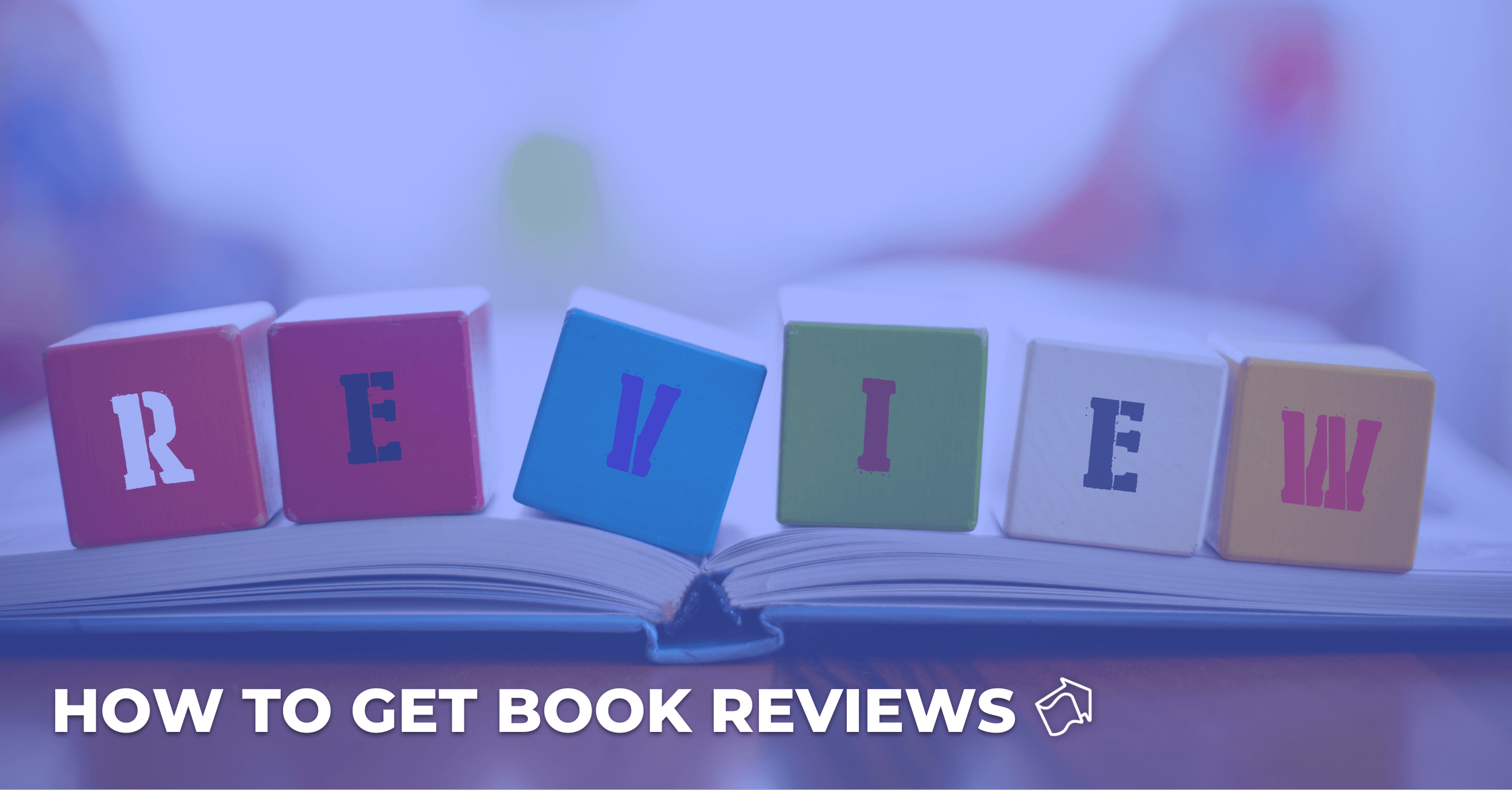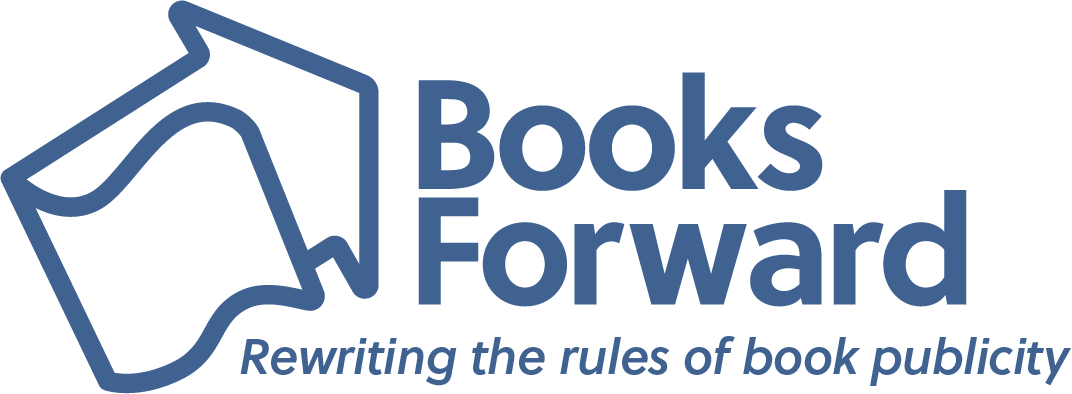If you plan on reaching out to booksellers, librarians or media contacts, then you might benefit from creating a press release for your book! A professional press kit is the perfect way to organize your exciting news, author profile, and book information in a clear, concise, and eye-catching format that will tell media professionals and event organizers everything they need to know about you and your work at a glance.
In this article, you’ll learn the key elements that make a successful press release and why they are valuable.
The anatomy of a press release:
- Logo
- Headline
- Subheadline
- Dateline
- Introduction
- Body (1-2 paragraphs)
- Book specs (ISBN, pub date, etc)
- Author bio
- Talking points
- Sample interview
- Contact details
- Media (images, videos)
Example
Take a peek at this press kit to see how these elements are formatted
Logo
Insert your publisher’s logo or your brand logo at the top of the page. Even if you’re publishing independently, adding a logo to your press kit is a great way to make everything look sleek and professional.
Headline
Your headline should convey the most essential, eye-catching information about your news. Much like the headlines in the news or features sections of a newspaper, your headline should be catchy, specific and to-the-point. If you can tie your book release to current events, be sure to do so for added “relevancy” points.
Subheadline
Use this space to briefly share any key info that didn’t fit in the headline. This is a great spot to show off a powerful blurb, some notable statistics, or impressive award wins.
Note how the example press release uses this spot to convey a statistic: How a mother of six turned $5 into 5 million+ cupcakes sold
Dateline
Here’s where you’ll include the city and state where you’re located. If you’ll be sharing your press release internationally, feel free to include your country as well.
Introduction
Your first paragraph should include the main gist of your news. It should grab the reader with why this book release is important. Ask yourself, What new ground am I breaking here? In what ways does this book contribute to a relevant conversation happening in the news? Be sure to include your book title, publisher, and release date somewhere in here!
Body
The main body of your press release will consist of 1-2 paragraphs. Use this space to elaborate upon your introduction, possibly including more in-depth details about the book’s plot. You can also use this space to:
- elaborate on who your target audience is and why they’ll enjoy the book
- share a powerful quote from you (the author) or from the book itself
- share a unique review blurb (one that doesn’t reiterate what’s already been said so far in the press release)
Book Information
Here’s where you’ll share your book title, author name, publication date, publisher/imprint, ISBN, format (hardcover, paperback etc), price, and genre. Booksellers in particular will need to quickly access your ISBN and other book data, so be sure to format this so that it stands out on the page and is easy to find.
Author Bio
Drop in some more information about your accolades, publications, education, and personal life. Be sure to include a link to your website and social media pages if you have them!
For more tips, check out this article on writing an author bio that stands out.
Talking Points
This bulleted list is a quick, easy way for you to communicate the topics you would like to be interviewed about. Write 5-7 topics pertaining to your work, your book, and/or your field of expertise that you can elaborate on in an interview.
Sample Interview
The sample interview section helps media professionals pull quotes from you that they can use in an article. It’s also helpful for event coordinators to get a feel for what a Q&A during an event might look like.
Choose 5-10 questions and topics that reveal more about who you are and why you wrote your book. Answer those questions in a short paragraph (3-7 sentences).
Contact Details
Include your phone number, email address and website in the footer (and/or header) of your press release. If your publisher is going to help field media interest for you, feel free to include their contact information as well.
Media
Studies have shown that media professionals are more likely to engage with press kits when they feature multiple images (and/or videos). At a minimum, you should incorporate your book cover image and author headshot into your press release. If you have other images or videos (TikToks, book trailers) to include, be sure to add a link or embed them into the release!
Your press release is the perfect tool to use in your outreach to media and events contacts. If you plan on reaching out to any media professionals via email, be sure to link to your press release. Or, if you’re stopping by a bookstore or a library near you, print out a copy of the press release to bring with you.
As your career progresses, you’ll likely obtain more accolades, blurbs and media links. Be sure to go back and edit the release with this new information so it stays current!

Jackie Karneth is a publicist with Books Forward is an author publicity and book marketing firm committed to promoting voices from a diverse variety of communities. From book reviews and author events, to social media and digital marketing, we help authors find success and connect with readers.
Interested in what’s possible for your book sales and building readership? Check out our services, tell us your goals, and get a customized publicity campaign tailored just for you.











